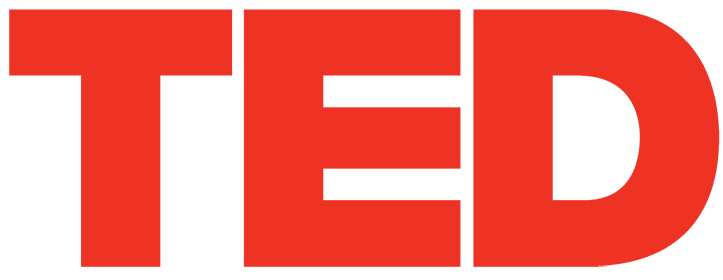Being “10x” means operating in your zone of highest efficacy and knowing which tools can assist your productivity is key. These days, because time is always precious and speed is king, it’s easy to assume that tools which reduce thinking and accelerate output will automatically improve performance. But a vital quality that distinguishes 10xers is knowing that working faster isn’t always smarter – and sometimes ‘old-fashioned’ tools are best.
Yesterday, in Take Notes: The Pen Is Mightier Than The Keyboard, we discussed a Princeton study that discovered how handwriting promotes better memory and learning in students than typing. Today, one of our rockstar software engineers, James Cropcho, explains why he relies on using index cards to think and work at his 10x-best. (We recently posted a great video interview with James: In 2007, he uncovered the first wide-scale breach of electronic voting in American history, and was featured on National Public Radio.)
The Lost Art of Index Cards by James Cropcho
I believe in using the best tool for a given job. Yet most people I meet seem to prefer the newest tool, or barring that, an electronic solution over all other kinds. While you won’t see me toasting bread over an open fire (or for that matter, even ordering takeout by phone), if you meet with me during coffee or cocktail hour, you’ll almost certainly see me running my life using an omnipresent stack of index cards.
Notifications of unread messages cannot disrupt me (as even when our devices are in silent mode, we are still brought away from our thoughts and friends by the presence of a notification icon). In dimly-lit joints, I can make notes with no unsightly blue-white glow interrupting the ambiance for others. Storing a thought is as simple as uncapping my pen (versus unlocking my device, selecting my preferred tool, and navigating towards where I’ll type).
Why index cards versus a notebook? A notebook attributes a linearity—a chronology—that is not present. Also, catastrophe is mitigated because only the area immediately before and after the “cursor”—the only part written to—is kept on hand. A notebook is necessarily much more dangerous and saddening to lose at its end than its beginning, yet pocketed materials only add marginal additional value through being on-hand.
THE METHOD
Though each card begins its duty white and unruled (the colored cards all smudge, and the lack of ruling makes for tighter and more fluid use of space), there are actually two distinct systems in my stack: Knowledge Collection and Task Management. A letter in the upper-right corner of the card indicates which system it serves.
Task Management Cards contain shorthand for common verbs, like “e mark re: hot dog speakeasy” (“e” for “e-mail him/her”) and “b: q-tips” (“b” for buy). Tasks are verb-centric to make them more actionable (thank you, Steve Allen). “DNA: architect web application” uses the shorthand for “determine next actions.”
Knowledge Collection Cards contain “facts”, which are later typed into a Google Document entitled “TRIAGE.” The key is to do this without pondering facts’ contents, because forcing the brain to oscillate between two different levels of abstraction (typing while analyzing) is a significant time and energy drain, and all but ensures I won’t enter a “flow” state.
I then mark completed tasks (and triaged facts) with an arc resembling a frown symbol. Cards at the end of their life are given a large, bold, upside-down letter “U” rather than being scratched out. Giving the motion deliberateness ensures precision without making me think.
Now, if only I could remember to drop off my laundry before I run out of socks…
_______________________________________
James offers expertise in startup and software development. If you’re interested in hiring James, or other world-class tech talent, please contact us here.

